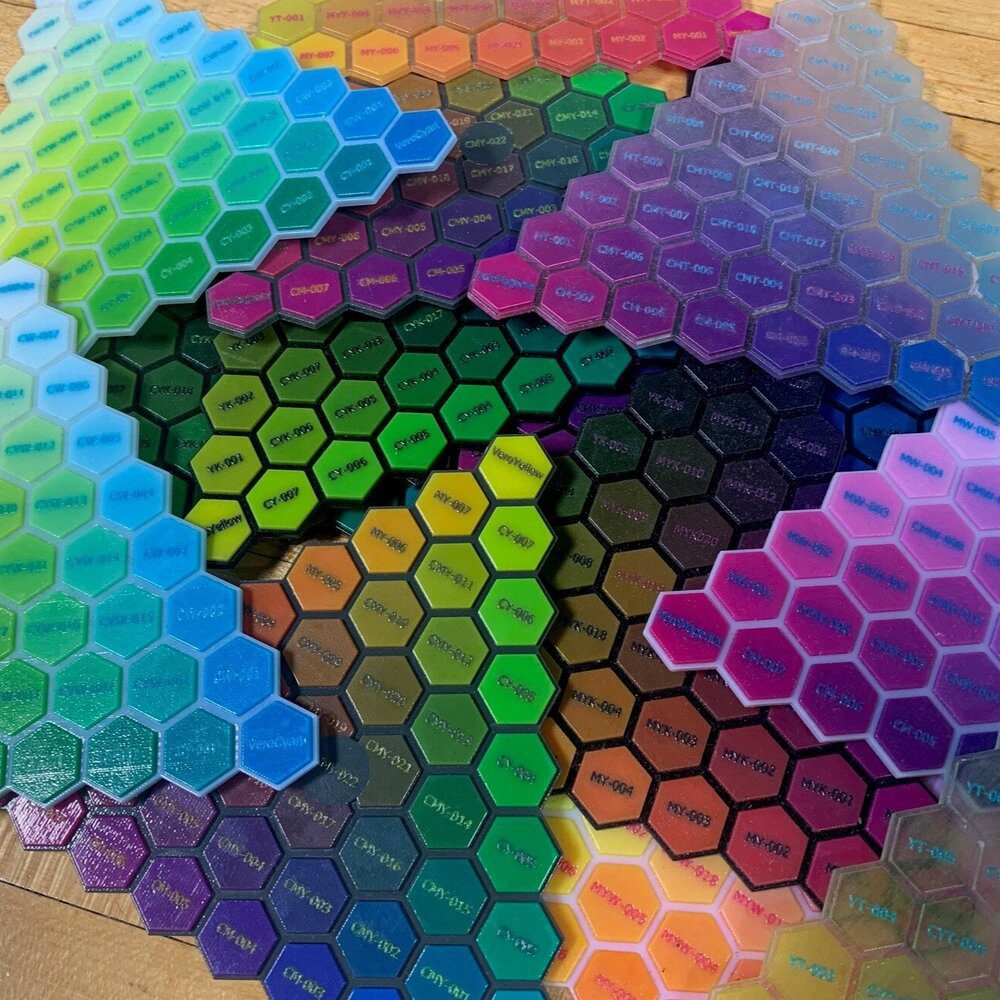Prototyping
Testing form, fit and function has never been easier.
Our 3D printing capabilities are a great tool to test your design before committing tooling.
Stratasys Objet500 Connex3
Proven PolyJet 3D Printing is famous for smooth surfaces, fine precision and diverse material properties. It works a bit like inkjet document printing, but instead of jetting drops of ink onto paper, the print head jets microscopic layers of liquid photopolymer onto a build tray and instantly cures them with UV light. The fine layers build up to create a prototype or production part. The build envelope for this machine is 19” x 15” x 8”
Stratasys FORTUS 250mc
The FORTUS 250mc is a classic FDM 3D printer. With FDM the filament is first heated and then deposited, through the nozzle, onto a build platform in a layer-by-layer process to form the complete object. The build envelope for this machine is: 10” x 10” x 12”

BOY 125E Injection Molding Machine
Significantly stronger, larger, and more powerful than similar versions, the BOY 125 E offers a clamping force increase of 25% leading to greater effectiveness and faster production.
Arburg ALLROUNDER 275V Injection Molding Machine
Ideal for the flexible overmolding of inserts and tailored for customer- and industry-specific manufacturing, the vertical ALLROUNDER V offers superior manufacturing versatility and efficiency.

With 20 years of injection-molded device, component, and packaging experience, Form Manufacturing offers the expertise, processes, and resources to provide money-saving efficiency and high-quality products from prototype to delivery.
Through prototyping and other processes, we can present our customers with a testable prototype prior to production which helps save hassle and money down the road.
For more details about how our prototyping can simplify your next project, connect with us today!
Learn more about 3D Printing & Its Role in Injection-Molded Component Prototyping.

Prototyping FAQ
Why start with prototype injection molding?
Prototype injection-molding is a rapid prototyping process that incorporates the rapid creation of tooling, such as molds, dies, or patterns, in order to produce injection-molded parts quicker than standard tooling times.
While 3D printing and other rapid prototyping processes offer quick, cost-effective solutions, injection-molding prototyping between the 3D printing and production tooling stages offers a number of benefits, including the ability to:
- Save time and money before investing in full-scale production tooling
- Test parts made of the intended production material
- Validate the efficacy of the production process
- Produce low-volume production runs
- Market-test parts
- Supply parts of initial demand while production tooling is being created
What can you expect during the prototyping process?
Starting with the design phase, our engineers can work with everything from napkin sketches to full prints to create a 3D rendering based on your specifications for review and refinement. This will give you a good idea of what your injection-molded part will look like in real life. We modify that design for optimal injection-molding efficiency before building the part mold which we then put into an injection-molding press to create the prototype for testing, evaluation, and your review. On average the entire process takes 1-2 weeks.
What are lead times like with prototype injection molding?
Depending on the specific requirements of your project, we can usually deliver a prototype injection mold component within 1-2 weeks or, under optimal conditions, in as little as 5 business days.
What tools and software are used for prototyping?
To ensure high-quality, efficient prototyping, we use a variety of industry-best tools and software, including SOLIDWORKS 3D CAD software; two state-of-the-art Stratasys 3D printers (Objet500 Connex3 and FORTUS 250mc); and Faro Scanners.
What materials are available for prototype molding?
While not all of our production injection-molding materials are available for 3D printing, We can print in PLA, ABS, PP, PC and Nylon
What is the difference between a 3D model and a prototype?
A 3D model is a three-dimensional, computer-aided design (CAD) of a product used to digitally display the product, verify dimensions, and identify possible issues before creating a prototype. A prototype is a physical version of a product used to better understand how the product will perform in reality. A prototype allows for thorough product testing and evaluation in order to identify and address any problems in the design before the final product is manufactured.
Why choose Form Manufacturing for injection-molded prototyping?
With over 20 years of injection molded device, component, and packaging experience, Form Manufacturing is well-positioned with its processes, people, and resources to deliver high-quality solutions from prototype to production. Offering countless combinations of materials, finishes, markings, tolerances, and certifications to choose from, Form Manufacturing will allow you to create the ideal product for your intended application.
